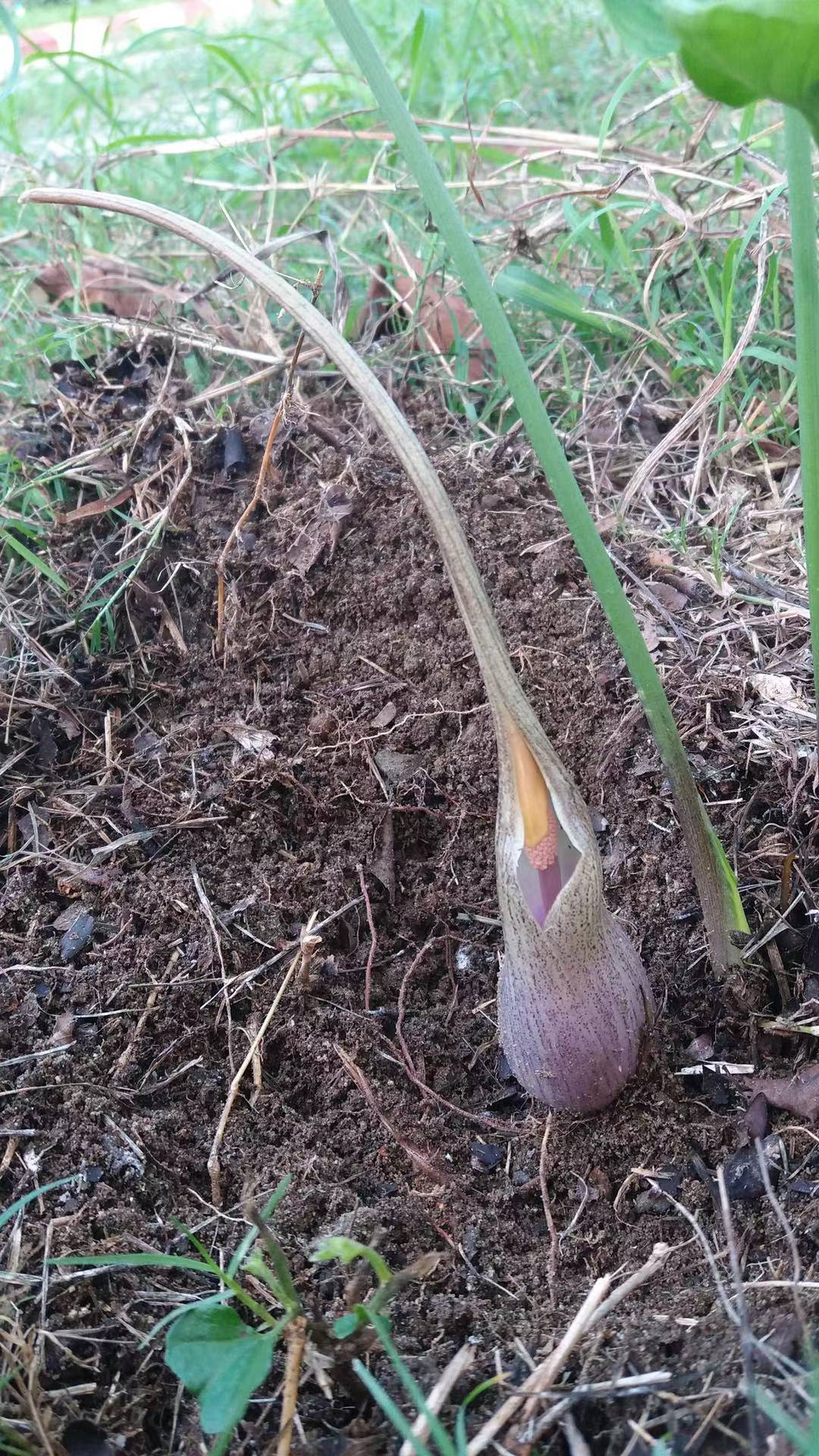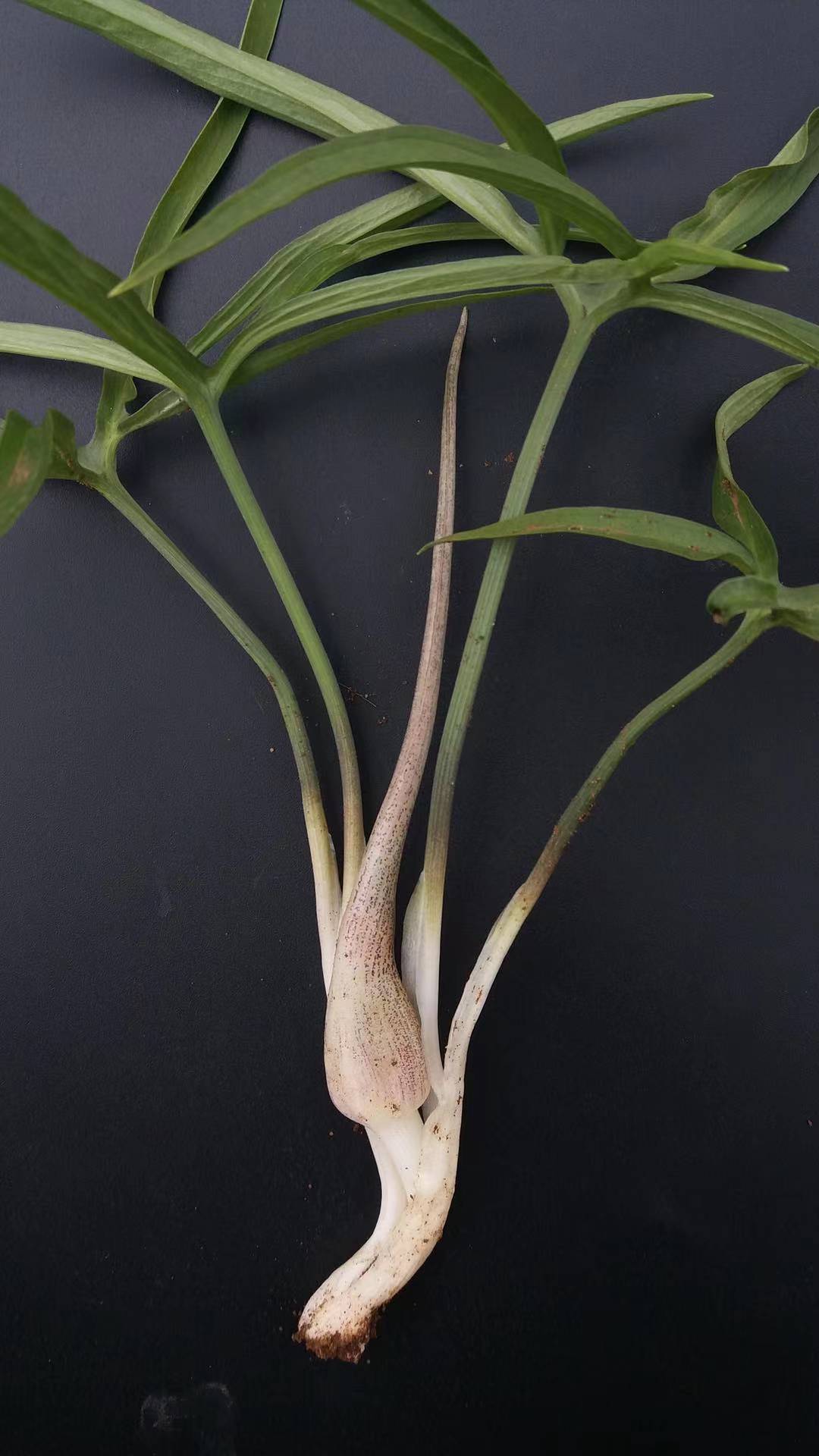Typhonium is the largest genus in the aroid family (Araceae). It is a leafy vegetable and comprises of about 100 species of tuberous perennial herbs. It is most often found growing in wooded areas. 12 species in the genus Typhonium have been reported in Myanmar.
In the course of exploring family Araceae in Sagaing Region, Myanmar, a researcher came across an enigmatic Typhonium species collected in Monywa and Budalin Township of Monywa District in August 2020. After careful morphological examination and comparison to the relevant literature, the researchers confirmed it as new to science.
The researchers named the new species as Typhonium edule, referring to the inflorescence and the leaves of the species which are eaten by the local people. It was published in Phytotaxa.
“Typhonium edule is the 13th representative of the genus Typhonium in Myanmar,” said Mark Arcebal K. Naive, a Filipino Ph.D candidate pursuing his academic degree at Xishuangbanna Tropical Botanical Garden (XTBG).
Typhonium edule is a seasonally dormant herb. It is morphologically similar to T. lineare and T. pedatisectum, but differs in having wider spathe diameter 2.5–3 cm, pathe limb 3–4 times longer than the tube, downwardly curved sickled-shaped staminodes and strongly stipitate appendix.
Typhonium edule grows in tropical dry forest with open to semi open canopy at elevations between 50–85 m above sea level. The Burmese people call it as ‘kyee-chay’ and cook its inflorescences and leaves to eat.
Owing to the insufficient information on its distribution and population size in the wild, the researchers propose the species to be treated as ‘data deficient’ (DD) following the Red List criteria of the IUCN.
Contact
Mark Arcebal K. Naive
Center for Integrative Conservation, Xishuangbanna Tropical Botanical Garden, Chinese Academy of Sciences, Menglun, Mengla, Yunnan 666303, China
E-mail: arciinaive19@gmail.com

Typhonium edule (Image by K.Z.Hein)

Typhonium edule (Image by K.Z.Hein)

Typhonium edule (Image by K.Z.Hein)



